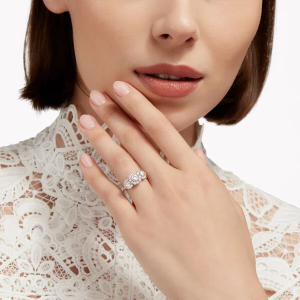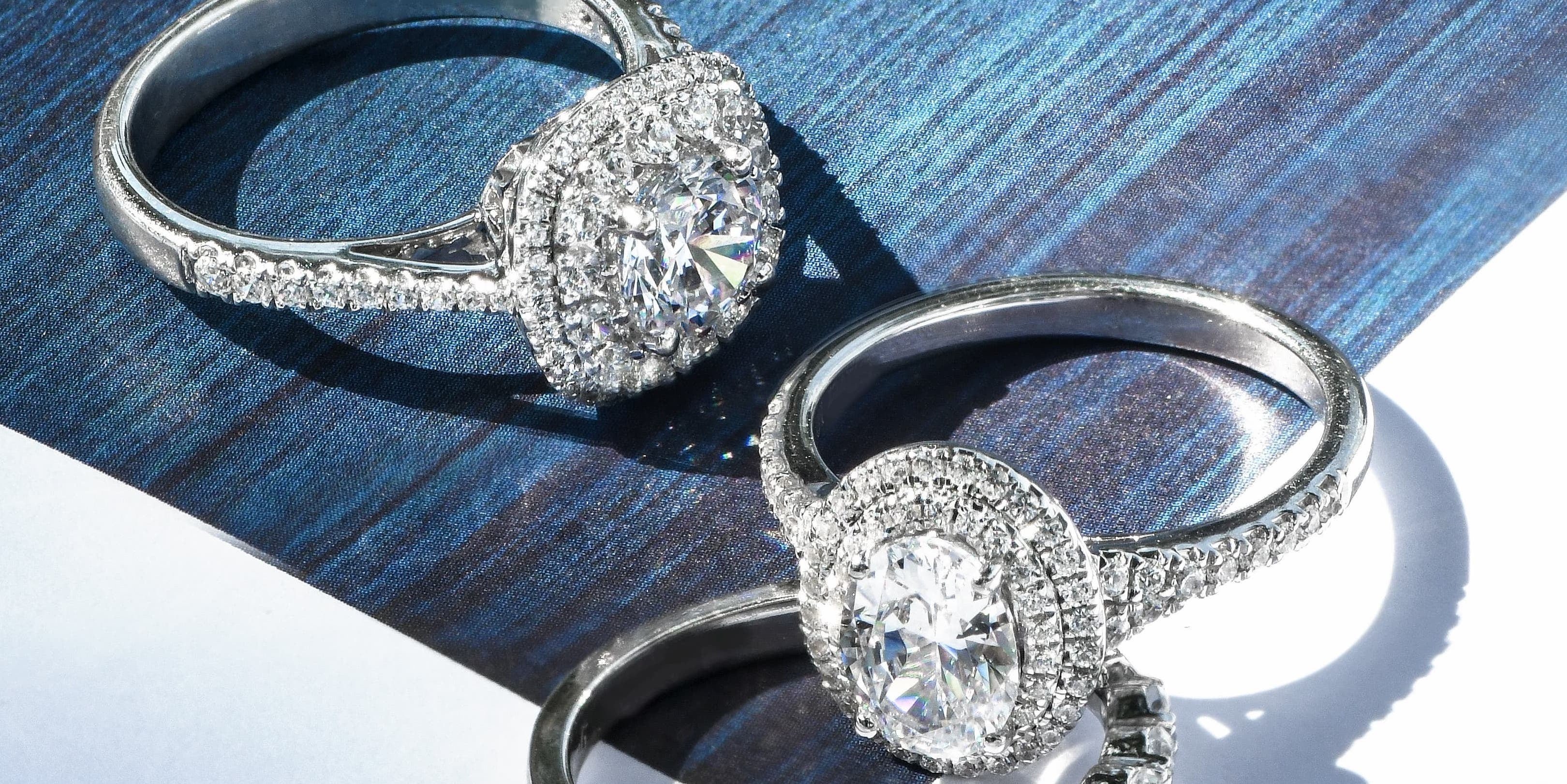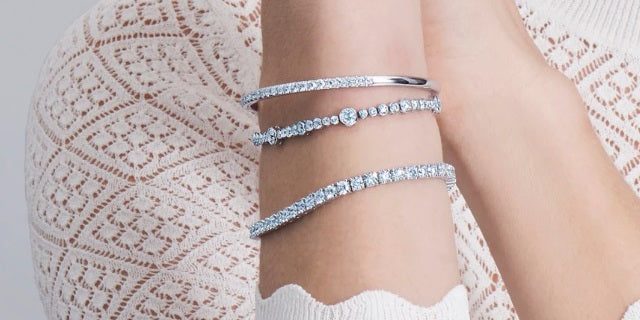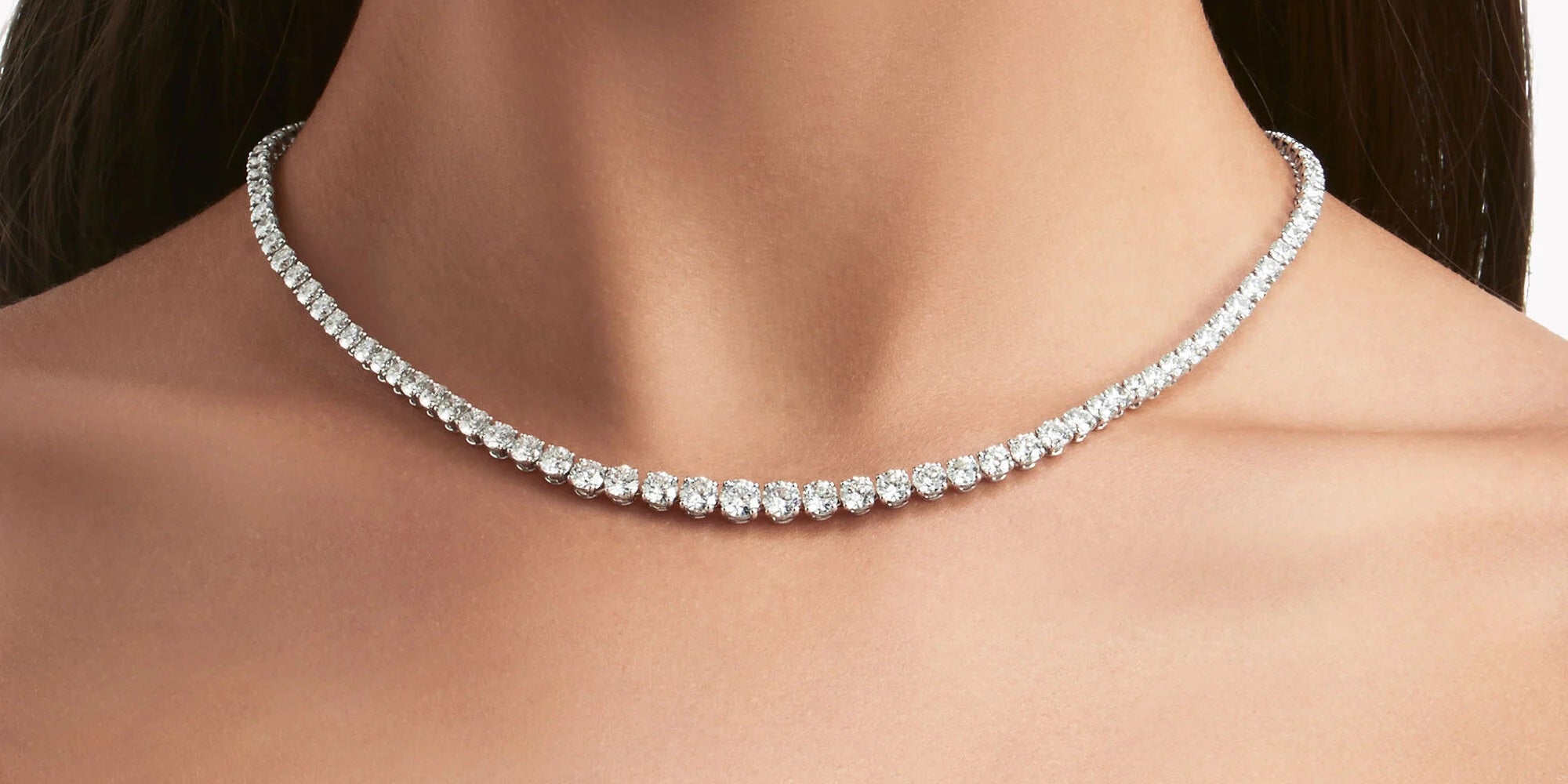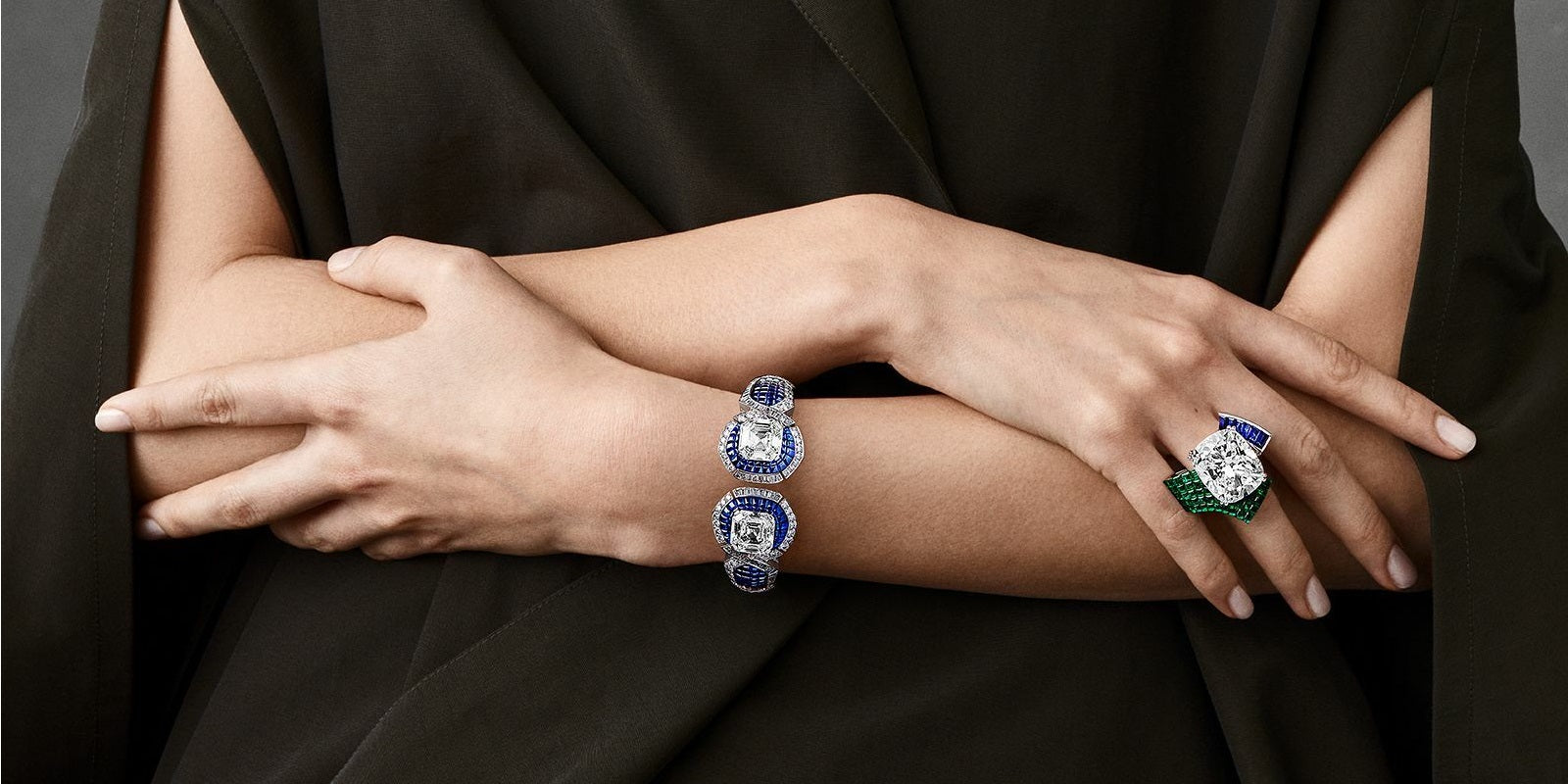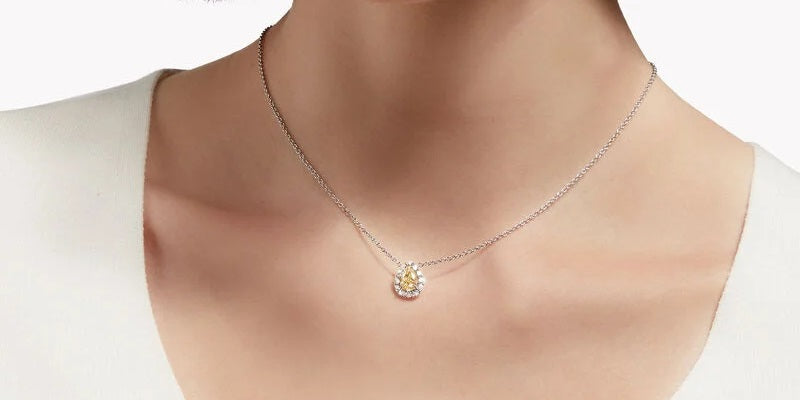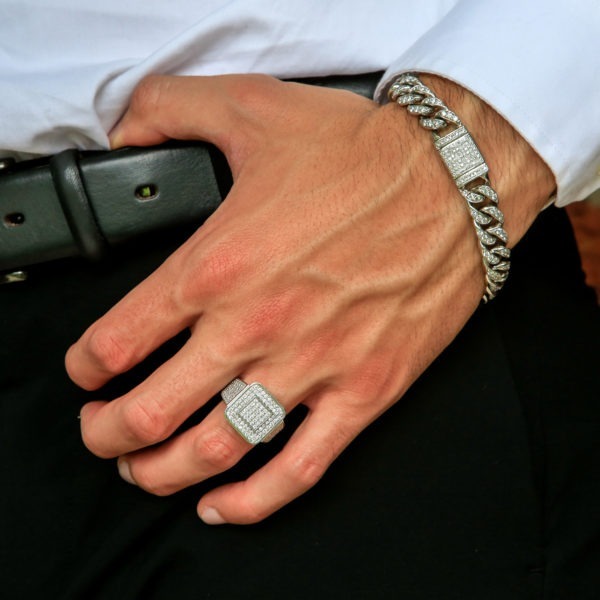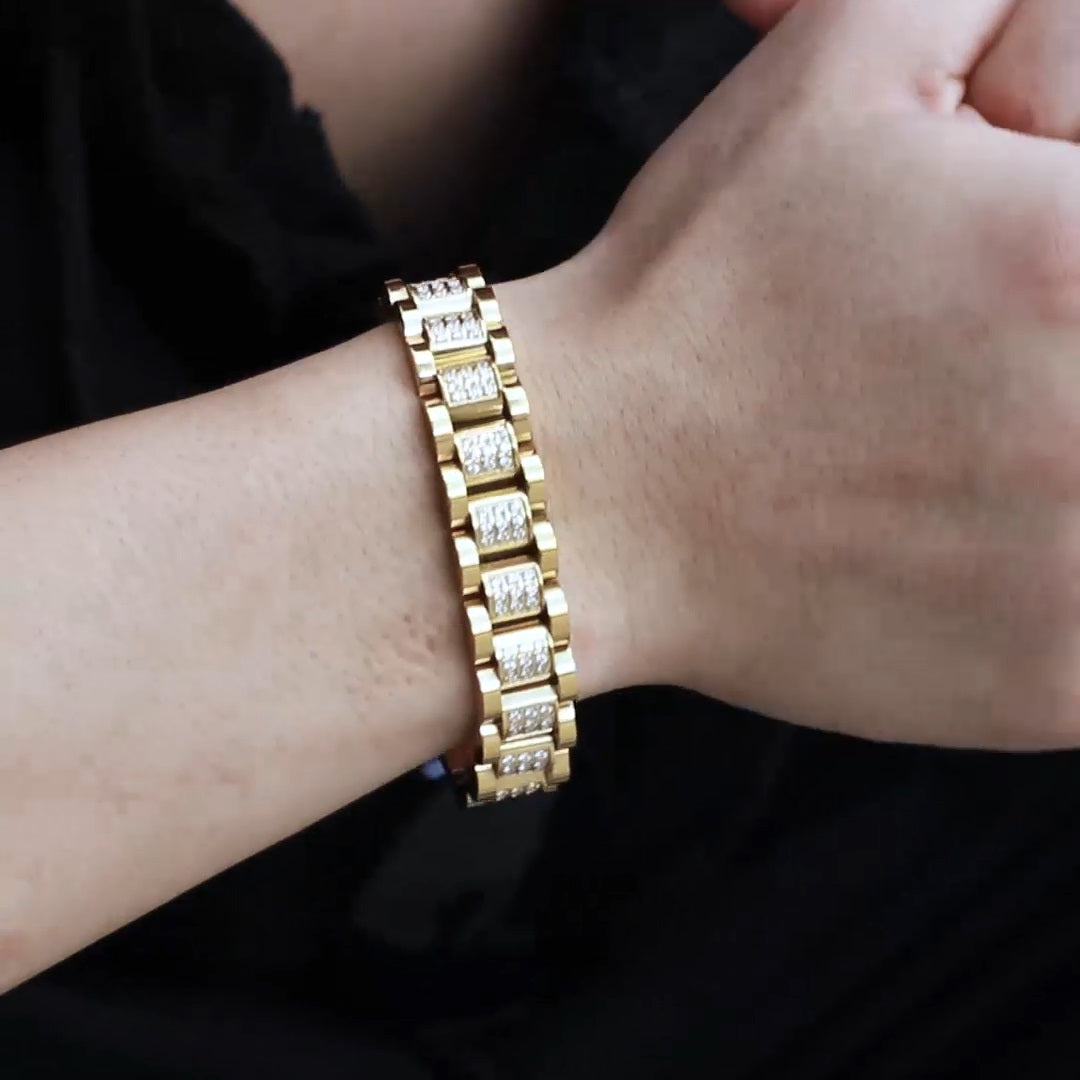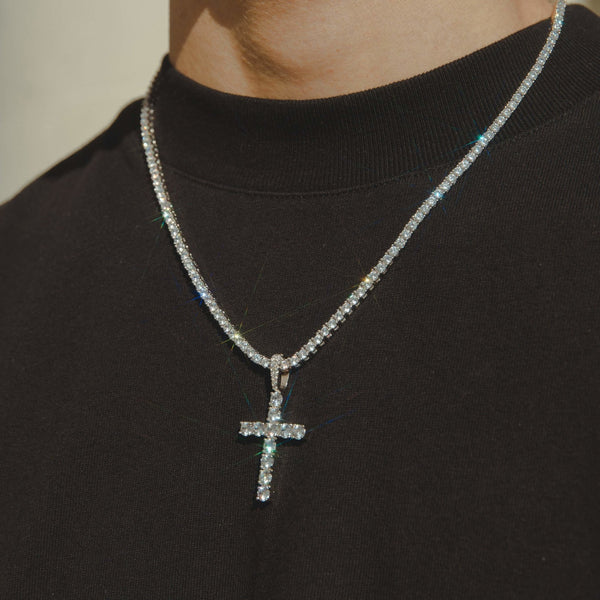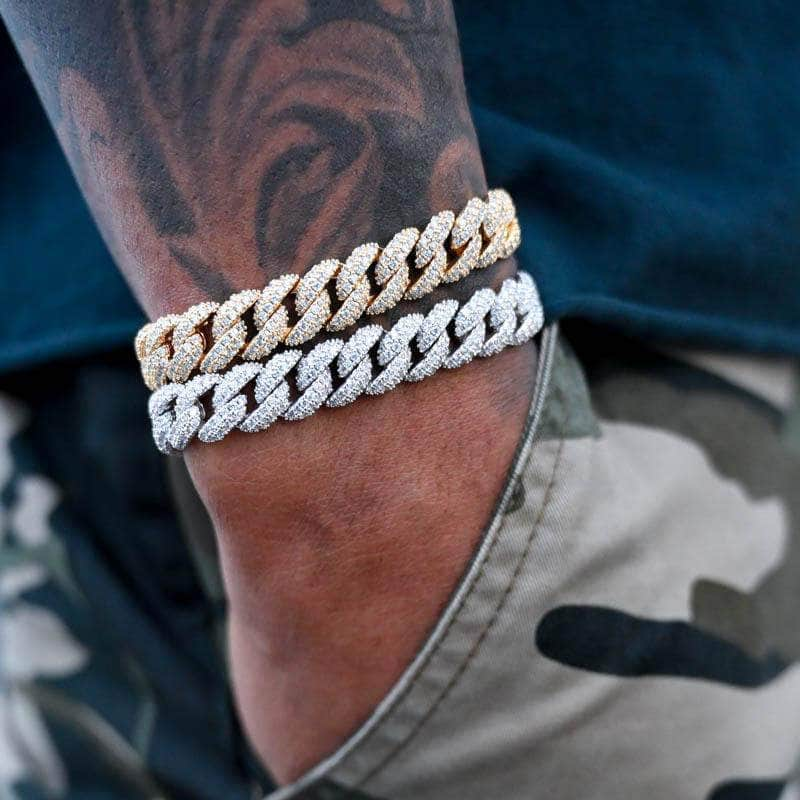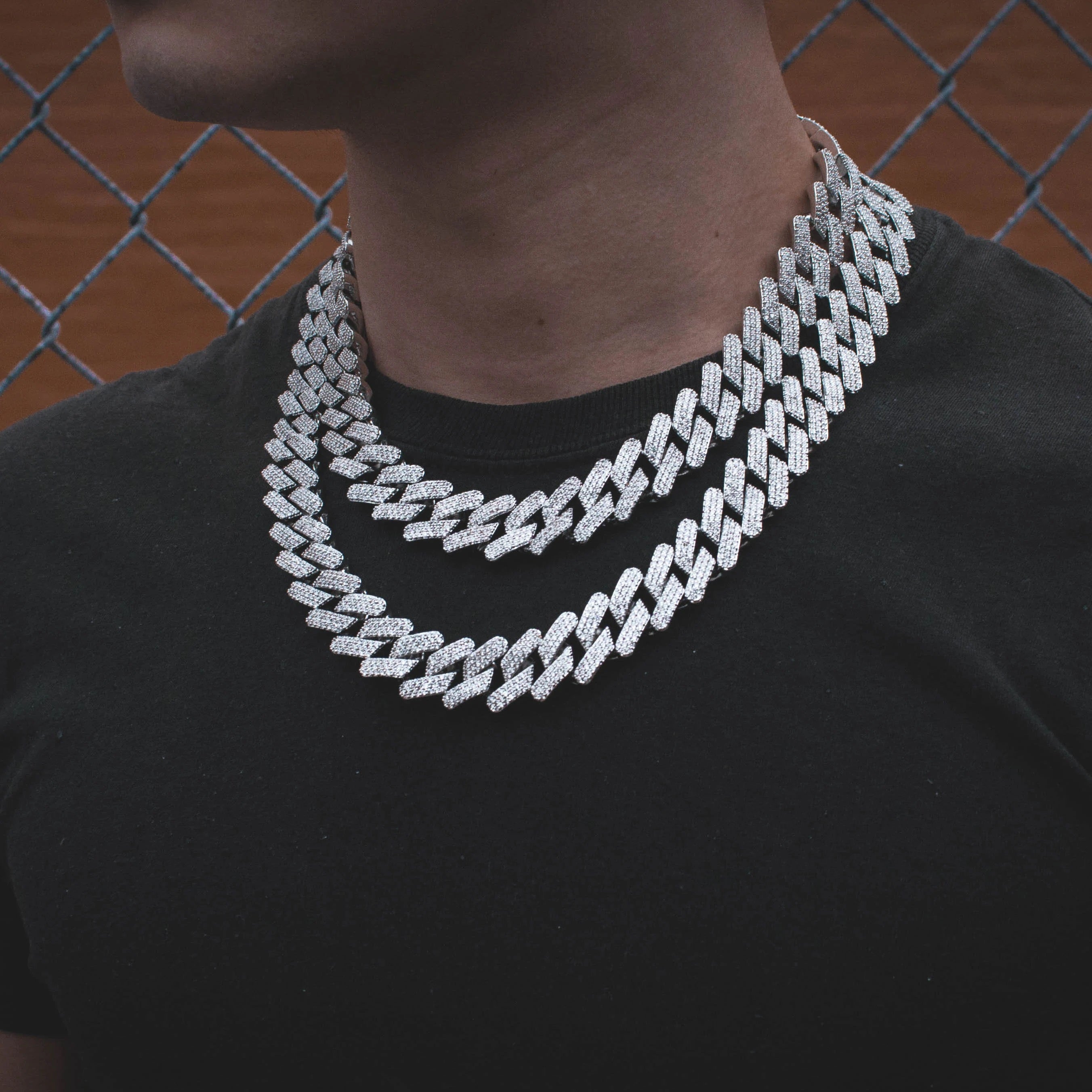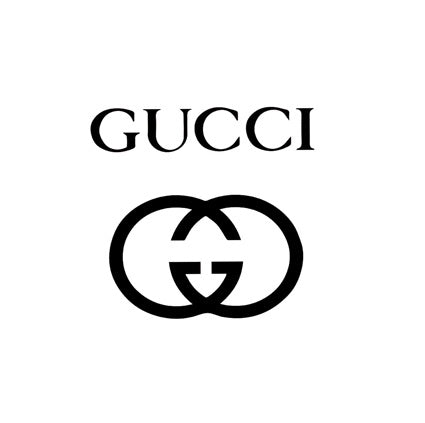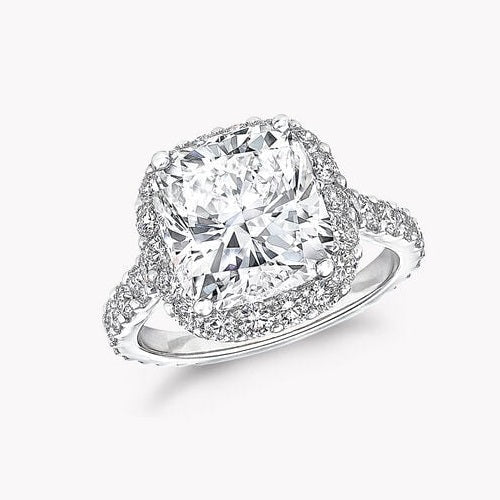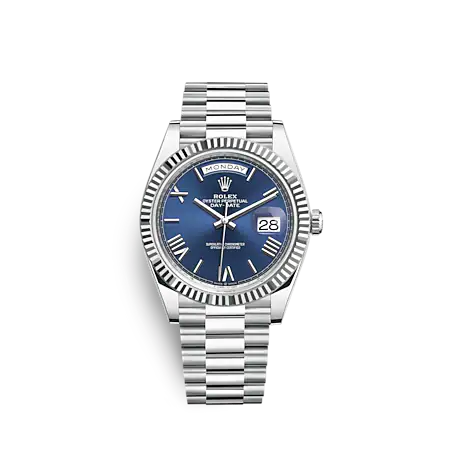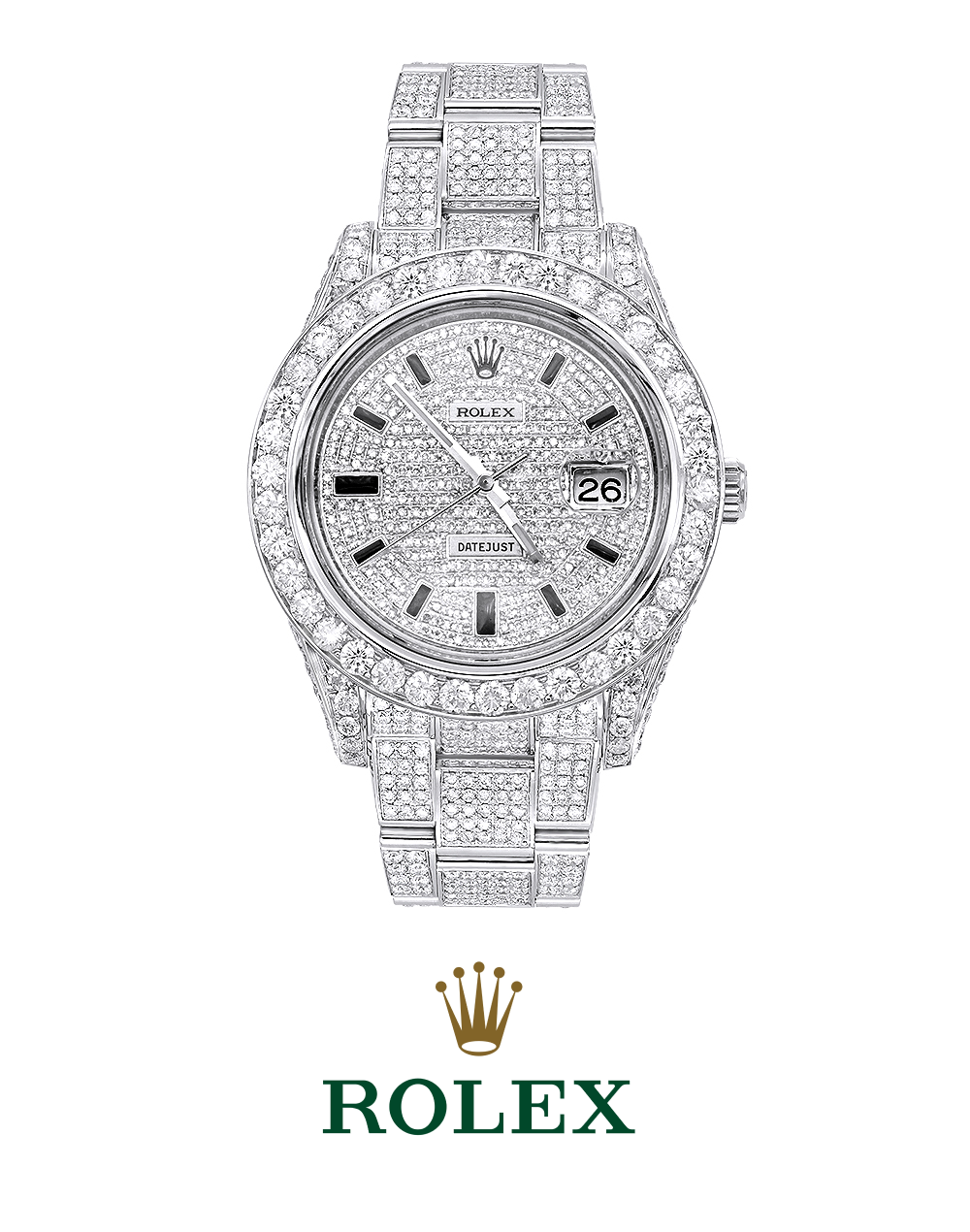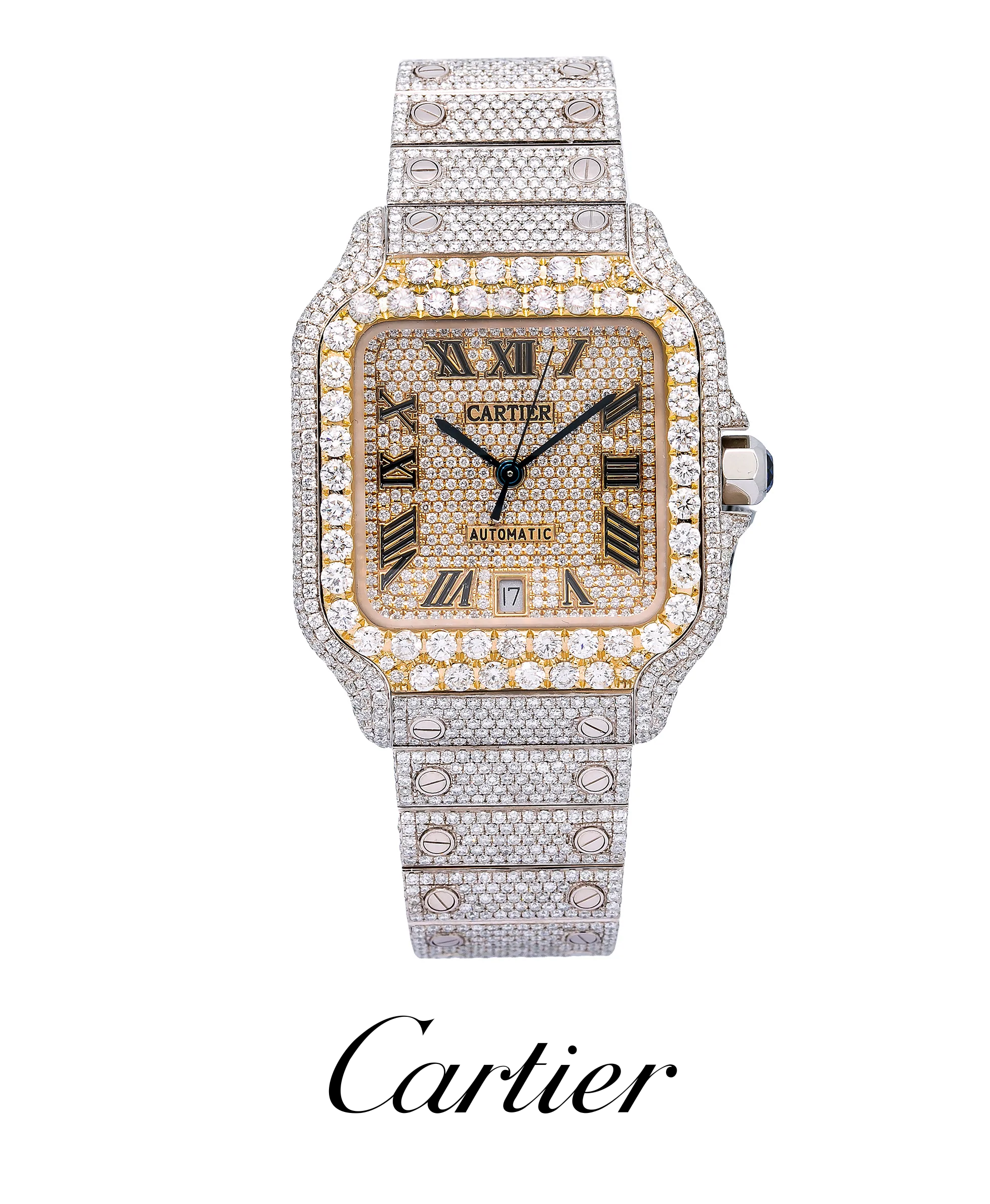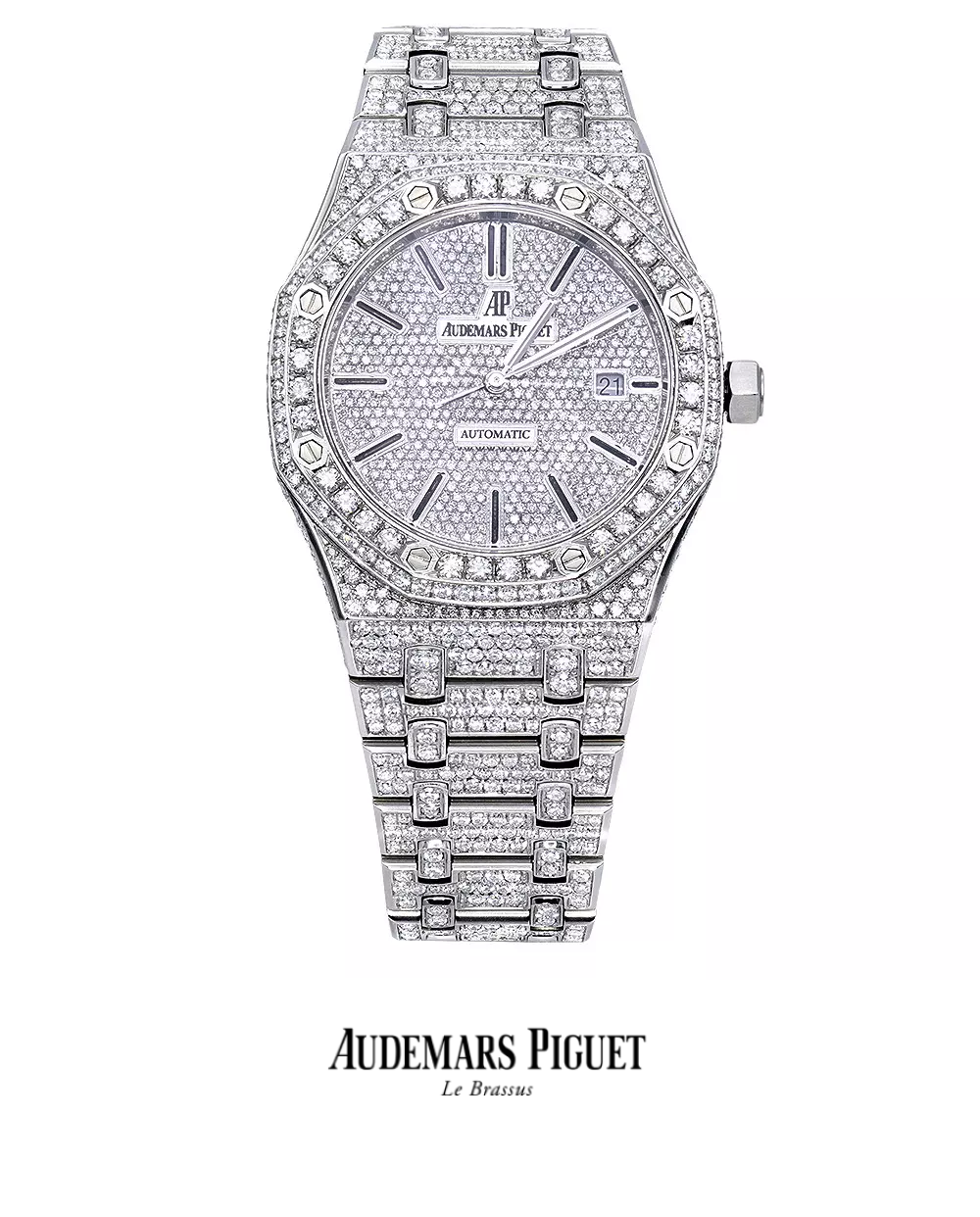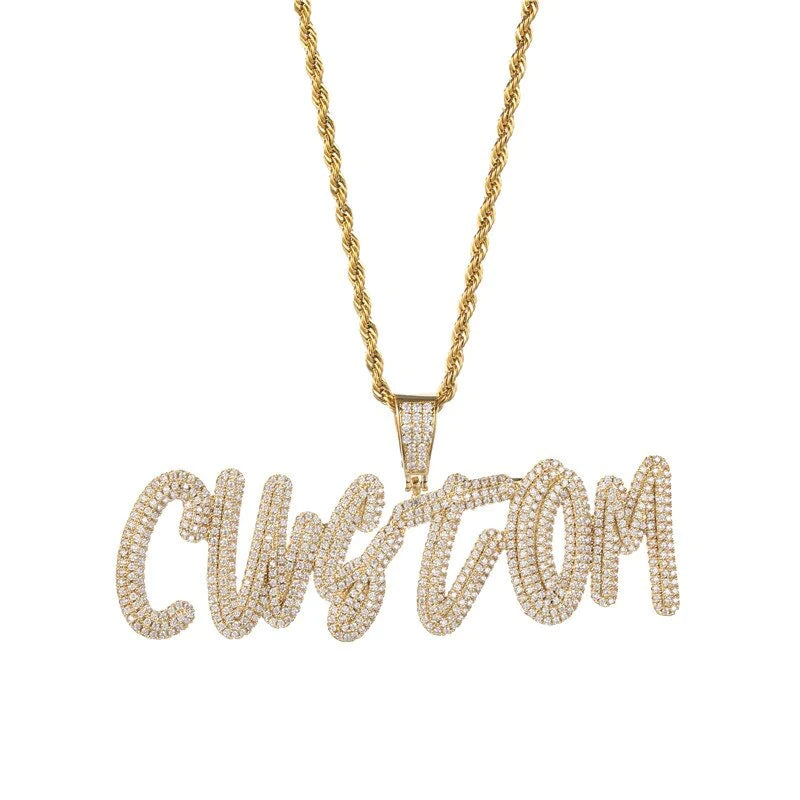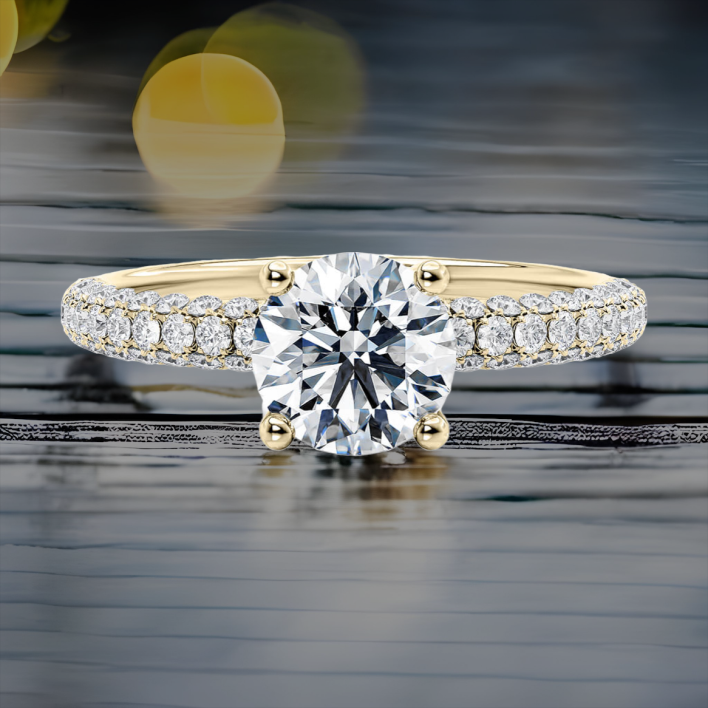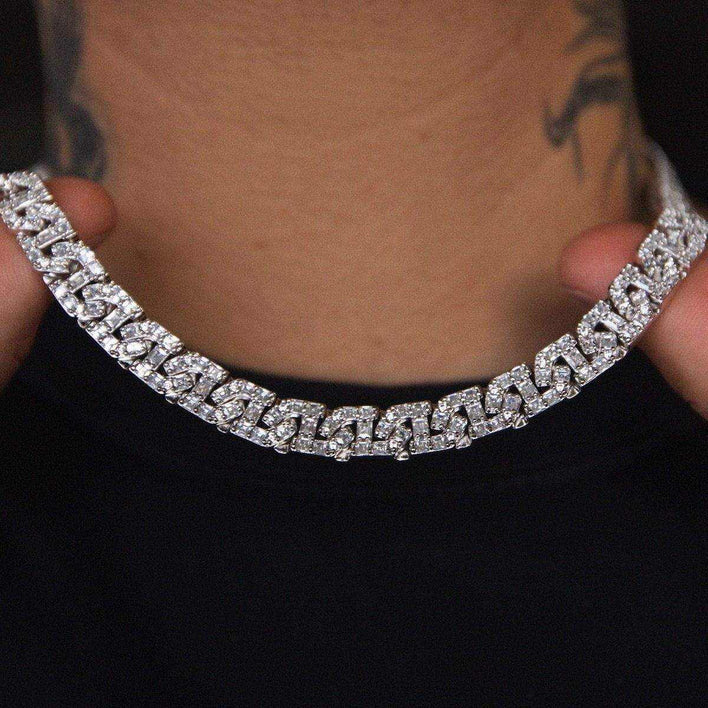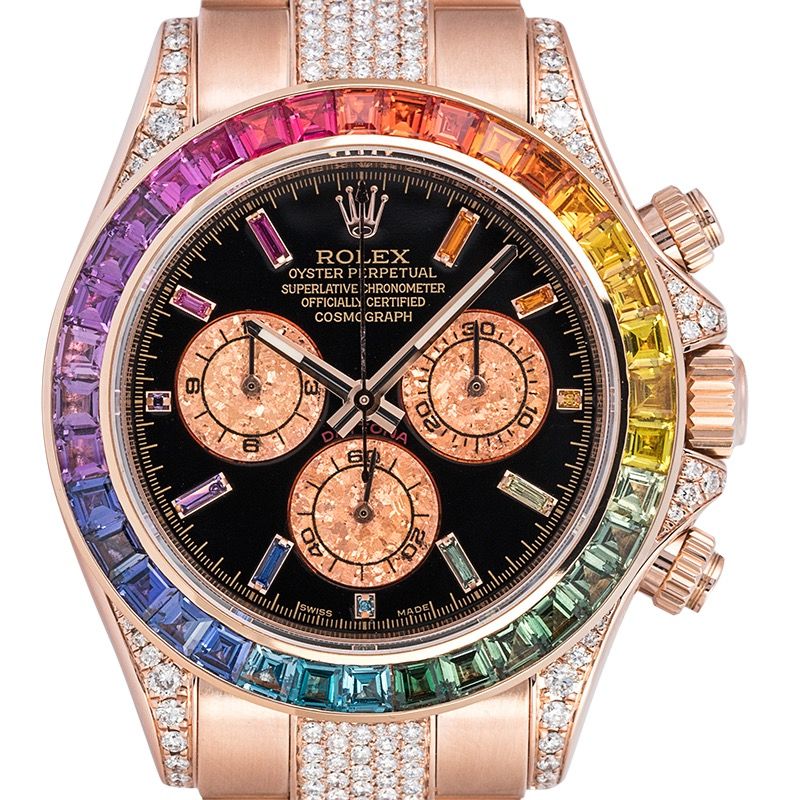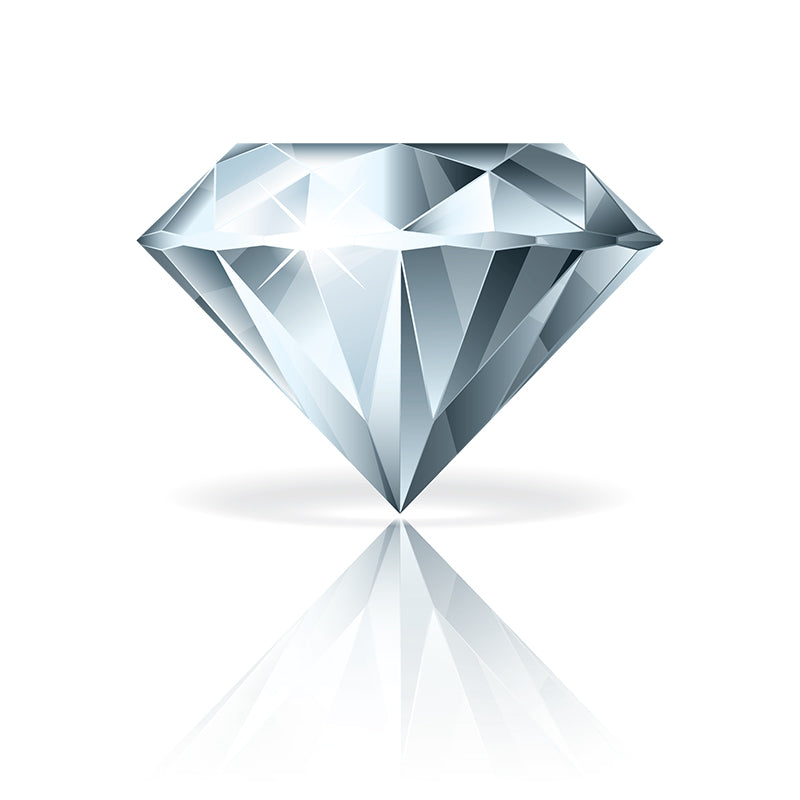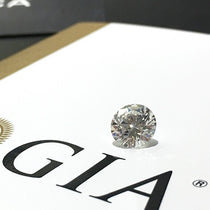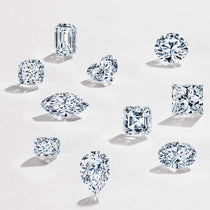The Science Behind the Sparkle: How Diamonds Reflect Light
Diamonds have been sought after for centuries for their beauty and brilliance. They are used in a variety of jewelry, from engagement rings to bracelets and earrings, to add a touch of luxury to any outfit. But what exactly makes diamonds sparkle? The answer lies in the science of light reflection.
When light enters a diamond, it is refracted, or bent, and then reflected back out in a process called total internal reflection. This happens because diamonds have a high refractive index, which means that light travels more slowly through them than through other materials. As the light bounces around inside the diamond, it is also dispersed, or broken up into its component colors, which creates the famous rainbow effect known as dispersion.
However, not all diamonds are created equal when it comes to their ability to reflect light. The cut of a diamond is crucial in determining its brilliance and sparkle. A well-cut diamond will have the optimal proportions and symmetry to maximize the amount of light that enters and exits the stone, creating the desired effect. A poorly cut diamond, on the other hand, will leak light from the sides and bottom, reducing its sparkle.
In addition to the cut, other factors such as the size and number of facets on a diamond, as well as its clarity and color, can also affect its ability to reflect light. A larger diamond with more facets will generally have more sparkle than a smaller one with fewer facets. Diamonds with fewer inclusions, or imperfections, will also have better light reflection since there are fewer obstacles for the light to pass through.
In conclusion, the science behind the sparkle of diamonds is a combination of their high refractive index, total internal reflection, and dispersion of light. The cut, size, number of facets, clarity, and color of a diamond all play a role in its ability to reflect light and create the desired sparkle. Whether you're looking for a diamond engagement ring or a pair of diamond earrings, understanding the science behind the sparkle can help you make an informed decision when selecting your jewelry.


